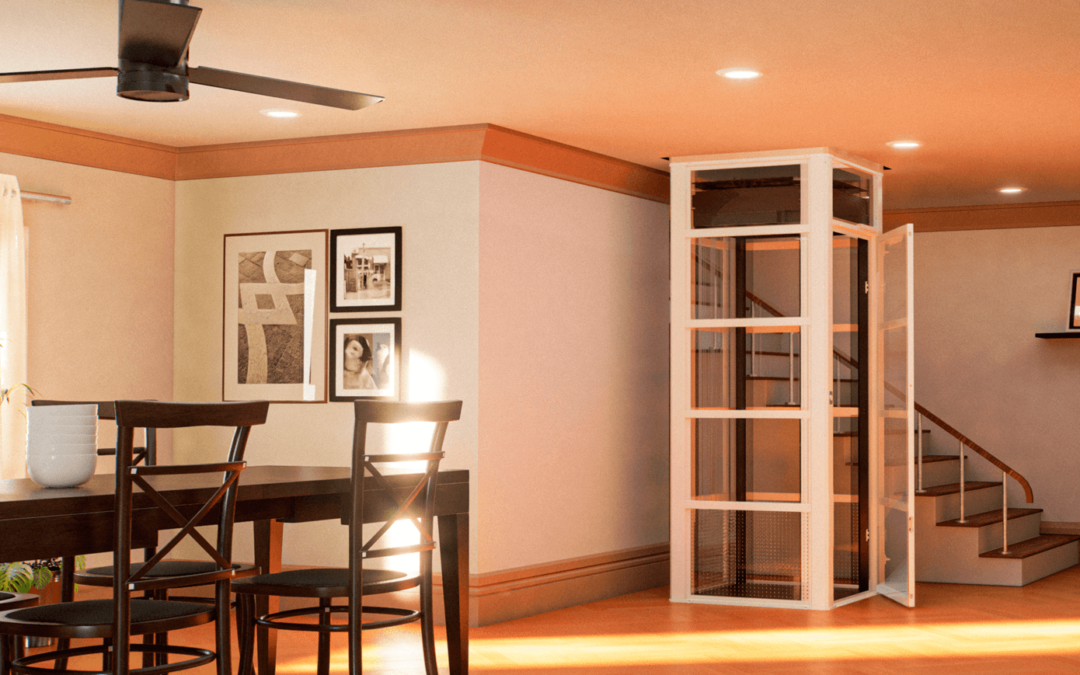Cube lifts, also known as elevators, are a crucial part of modern infrastructure, making vertical transportation effortless and efficient. They have become a staple in tall buildings, making it possible for people to reach different levels quickly and conveniently. However, as with any technology, safety is a primary concern, and it’s natural for people to wonder, “Are cube lifts safe?” In this article, we will delve into the safety features of cube lifts from an analytical perspective to address these concerns.
Automatic Descent to Ground Level at Safety Speed
One of the most critical safety features of cube lifts is their automatic descent to ground level in the event of a power failure. This feature ensures that passengers are not left stranded between floors in case of a blackout or electrical failure. Modern cube lifts are equipped with backup power systems that engage immediately when the main power source is disrupted. These backup systems facilitate a controlled descent at a safe speed, ensuring the well-being of passengers.
Mechanical Emergency Brakes in Vacuum Loss or Catastrophic Failure
Another essential safety mechanism in cube lifts is the presence of mechanical emergency brakes. These brakes are designed to engage within a mere two inches of freefall, offering an extra layer of protection in case of vacuum loss or catastrophic failure. They act as a failsafe, preventing the lift from plummeting in the rare event of a critical malfunction. These robust emergency brakes have proven to be effective in maintaining passenger safety and preventing severe accidents.
Electromechanical Interlocks at Each Landing
Cube lifts employ electromechanical interlocks at each landing, which play a crucial role in ensuring passenger safety during boarding and exiting. These interlocks prevent the doors from opening unless the lift car is perfectly aligned with the floor. This feature eliminates the risk of accidental tripping and falling, making cube lifts much safer for passengers of all ages. Additionally, these interlocks prevent the lift from moving when the doors are not securely closed, minimizing the chances of entrapment.
Alarm System & Telephone
In emergencies, time is of the essence, and cube lifts are equipped with alarm systems that allow passengers to call for help quickly. These alarm systems are usually located inside the lift car and are easily accessible. In the event of an unforeseen situation or if someone requires medical assistance, passengers can activate the alarm, alerting building personnel or emergency services.
Moreover, modern cube lifts are equipped with telephones, providing an additional means of communication in case of an emergency. These telephones are typically connected to a 24/7 monitoring service or the building’s security office, ensuring that help is just a call away. This feature enhances passenger confidence and adds an extra layer of safety, especially in situations where mobile phone signals may be weak or unavailable.
Conclusion
In conclusion, cube lifts are indeed safe, thanks to the implementation of various advanced safety features. Automatic descent during power failure, mechanical emergency brakes, electromechanical interlocks, alarm systems, and telephones all work together to ensure the well-being of passengers. While no technology can claim to be completely risk-free, cube lifts have come a long way in terms of safety, and rigorous testing and regulations continue to improve their reliability.
So, the next time you step into a cube lift and wonder about its safety, rest assured that these ingenious safety measures are there to protect you throughout your journey.

